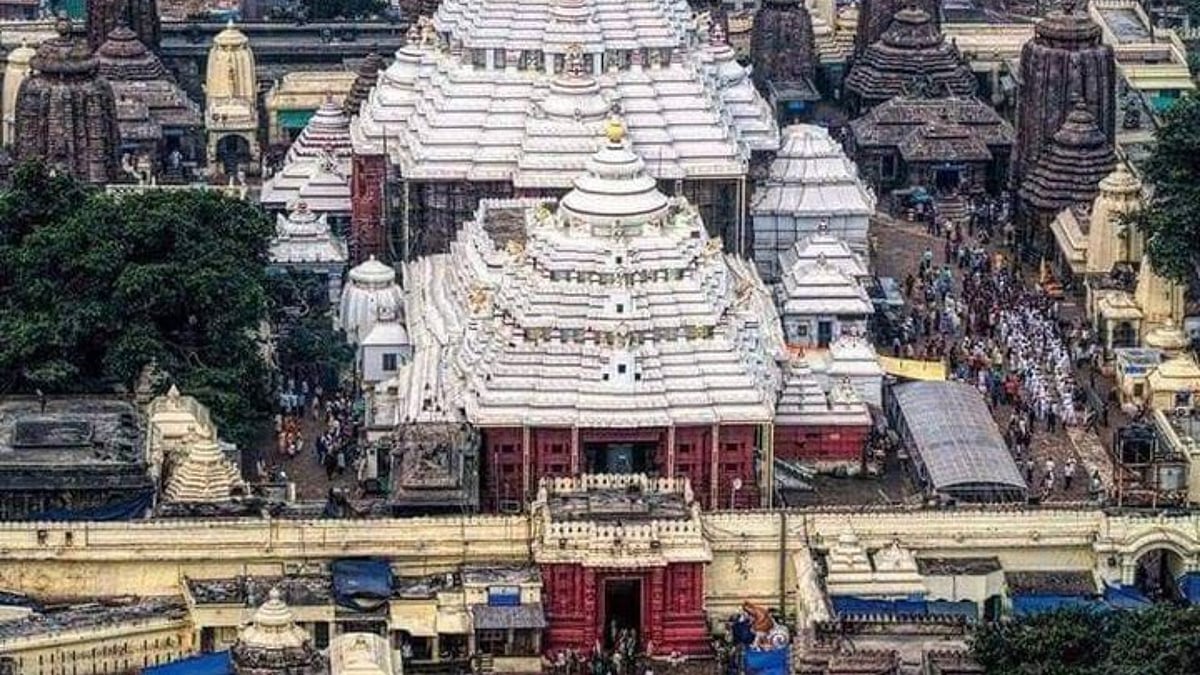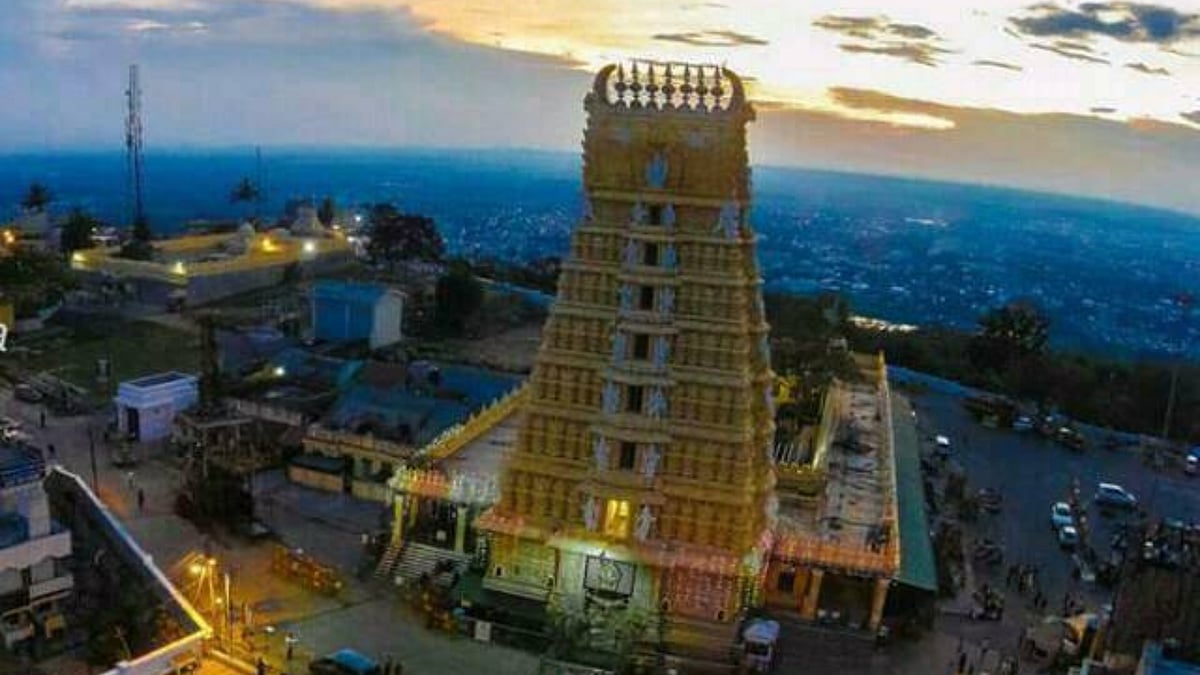Amarnath Yatra will be a 62-day-long pilgrimage this year beginning on July 1 and concluding on August 31. Jammu and Kashmir Lieutenant Governor Manoj Sinha flagged off the first batch of pilgrims of the Amarnath Yatra from the Jammu base camp on Friday, June 30. The batch of pilgrims left for Pahalgam and Baltal under heavy security.
The Yatra is one of the most sacred pilgrimages for the Hindu devotees. Pilgrims undertake the yatra to visit the Amarnath Cave which is located at an altitude of 3,888 metres in Srinagar. It is considered to be one of the holiest shrines of Lord Shiva.
From July 1, the yatra will commence simultaneously on two routes- the Pahalgam track in the Anantnag district and Baltal in the Ganderbal district. This is the only time of the year when doing this yatra is feasible as the cave is accessible. The pilgrimage takes place during Shravani Mela. There are certain precautions that you need to take before embarking on this difficult journey.
There are certain do’s and don’ts that are prescribed by the Yatra Board. Take a look:
Those between 13 and 70 years of age are eligible for the yatra. Pregnant women are not allowed. The registered pilgrim will wear a radio frequency identification card throughout the yatra. This tag will help track the location of a person wearing it, through radio frequencies if he or she is lost or in case of an emergency. This card can be collected from designated centres in Jammu and Kashmir divisions by producing one’s Aadhar Card.
Every yatri must collect his/her RFID Card from designated locations in J&K before embarking on the Yatra. It is mandatory for all yatris to wear the RFID cards at all times during the Yatra. No yatri shall be allowed to enter the Yatra area without RFID card.

The Holy Cave | Shri Amarnathji Shrine Board
The journey entails trekking at 14,000 ft high altitudes. Devotees may get High Altitude Sickness which can cause nausea, vomiting, loss of appetite, dizziness, fatigue and a host of other symptoms. If not treated in time, it can be lethal.
Portable oxygen needs to be carried by each person on the yatra to provide relief in case of breathing difficulties at high altitudes.
The cold weather conditions and abrupt temperature drops can lead to hypothermia. Yatris have been advised to look out for symptoms and carry adequate warm clothes, waterproof trousers, windcheaters, gloves, thermal inners, raincoats and sleeping bags. The steep terrain makes it mandatory to wear trekking shoes.

The Holy Cave | Shri Amarnathji Shrine Board

Those not able to trek all the way to the temple can book helicopter services from the website itself. But, even then, they need to be fit enough to withstand the temperature fluctuations. Also, the helicopter will not take you all the way to the cave temple. A two-hour trek will have to be covered to reach the shrine, but there are enough ponies and palkis to make that a smooth ride.
Non-vegetarian food, fried snacks and junk food are banned from the yatra. So are alcohol, tobacco, pan masala, gutka and other intoxicants.
Pilgrims need to keep themselves hydrated and consume plenty of carbohydrates to prevent fatigue and low blood sugar levels.

Holy Shiv Lingam | Shri Amarnathji Shrine Board

Yatris need a high level of physical fitness to be able to undertake this journey. They can start preparing for the yatra a month ahead by walking 4-5 kms every day. Deep breathing exercises are recommended.
According to the Shri Amarnathji Shrine Board website, you should avoid bathing during night times even with hot water.
While on the yatra, the pilgrims need to take time to acclimatize to every ascent and slow down according to one’s capacity.
Every pilgrim will have to obtain a compulsory health certificate to rule out any pre-existing medical conditions that might hinder the journey. A state-wise list of doctors and institutions authorised to issue these compulsory health certificates has been provided on the board’s official website.
One should never trek alone but always travel in a group. Keep a note in your pocket with your name, address and the contact number of a fellow member of your group who can be contacted in case of any emergency.
Yatris should not attempt to take any shortcuts en-route and watch out for 'danger zone' signages where you must move cautiously.
And remember to clean up before you leave. It would help if you did not pollute the environment in anyway while on the journey.











